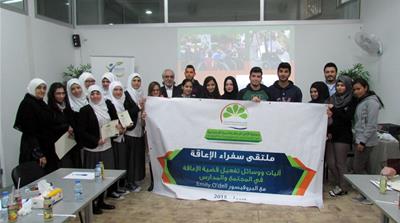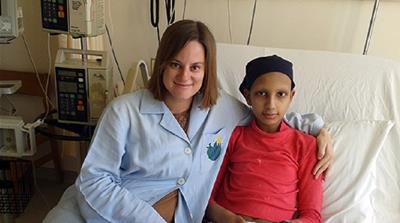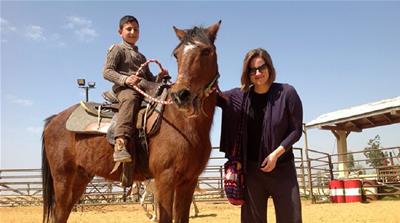The Elastic Girl: Living with Ehlers-Danlos Syndrome
HEALTH, 5 Jun 2017
Emily Jane O'Dell – Al Jazeera
Emily Jane O’Dell has a rare connective tissue disorder that can cause dislocating joints, rupturing organs and death.
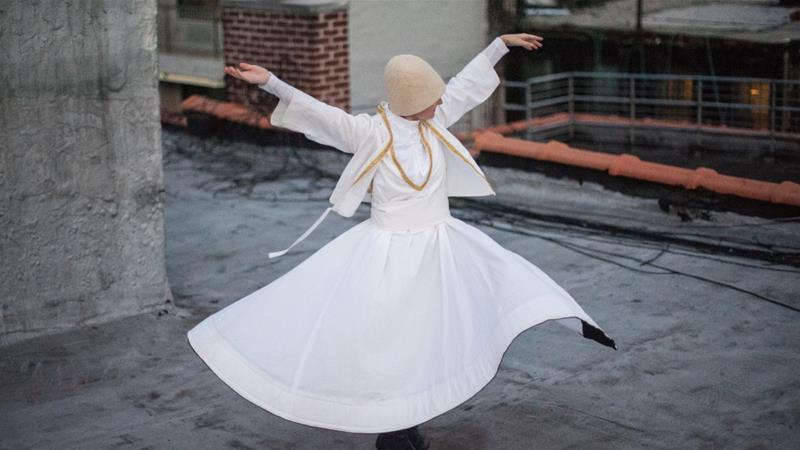
‘I live now in awe of what the body can do, and amazed by how a soul can soldier on despite the body being so broken.’ [Photo courtesy of Eddie Chu]
5 Jun 2017 – I am elastic girl. I’m as stretchy as they come, but I’m coming undone. My joints keep dislocating. Tendons tearing, ligaments loosening. Even my voice box is leaping out of place. What’s a girl with messed up glue to do?
“You should join the circus!” adults used to say when I showed them contortionist tricks as a child. Back then, I thought my freakish flexibility was a superpower. But my superhero dreams were dashed when I got hit by a bus while riding my bike in Harlem, learning while in recovery that I have Ehlers-Danlos Syndrome – a rare and incurable connective tissue disorder that can cause dislocating joints, rupturing organs, blindness, and even death from cardiac defects.
My limber limbs once primed me for master ballet classes with Gelsey Kirkland and All-State varsity sports titles. Reaching the highest levels of Ashtanga yoga was a breeze. But what was once a blessing has become more like a curse.
Disjointed
Dozens of times in a day, my bones would slip from their sockets – my elbows when I swim, my fingers when I type, my shoulders when I open a door. I almost choked to death on my own voice box last summer when I was swimming backstroke and my larynx ripped out of place. Left in its wake – a paralysed vocal cord.
Call me Humpty Dumpty for I am beyond repair. Though I am in need of a number of surgeries, surgeons do not dare to suture my widespread tears. The risk of cutting into my cursed cartilage and stitching up my slow-healing skin is too great. I bear many wounds that will never heal.
I landed in a hospital in Turkmenistan a few years ago after my hips tore out of place while I was researching Sufism and shamanism on the border with Iran. “Eta elastichniya deyavooshka,” the Soviet-trained doctors said in Russian – “This is an elastic girl”.
Back home I was given two choices by top hip surgeons in New York: become mummified in a body cast for six months after a risky surgery or make peace with a motorised wheelchair and morphine. I chose the latter and eventually managed to walk again.
Back on my feet, I’ve taken my act on the road to hospitals in Lebanon, Oman, India, and Mongolia. I’m breaking new ground as a medical mutant in the Middle East and Asia, sharing what it’s like to inhabit a body that challenges the authority of medicine and trespasses the conventional boundaries of pain.
Going beyond borders
I have no familial blueprint for managing this illness since my biological mother is an FBI Missing Persons Case having disappeared off a cruise ship in the Caribbean. Despite once being in foster care and a failure-to-thrive baby, I finished five Ivy League degrees and a Postdoctoral Fellowship at Harvard by the age of 30, with the help of disability accommodations. But outside the academy, I have learned that we have barely begun to make this world a safer and more just one for people with disabilities.
Like when I fell face down on a bus while on crutches in New York, because no one would give up a seat. Or got physically assaulted in my wheelchair by an attacker who wrongly assumed I couldn’t fight back. Fearing discrimination and the trauma of violence, I don’t wear the scaffolding I’m prescribed: hip brace, wrist splint, elbow support, neck collar. But being invisibly disabled comes with risks and difficulties of its own.
My deficient connective tissue has compelled me to connect with others around the globe fighting for disability justice too. I’ve conducted disability workshops and mental health awareness events in Beirut and Muscat. I’ve forged friendships with activists like Laila Atshan, a blind Palestinian Harvard-educated therapist treating trauma survivors from various warzones, and spoken about disability rights with heads of state like the Dragon King of Bhutan.
This winter I travelled to Bangalore to speak at the Ehlers-Danlos Society’s conference in India and to learn from the top global experts in the field. In Mongolia, I have been studying for several years with one of Ulaanbaatar’s most respected shamans, who is teaching me different trance states to naturally control my pain.
Exploring the strengths
The more my body disassembles, the more I assemble with those whose worlds are falling apart. Children with cancer at St Jude’s in Beirut, Syrians in refugee camps, and Sudanese refugees from Darfur. Lacking the proper connective tissue to join my bones, I have manufactured an alternative glue – a heart that yearns to connect in social solidarity with others suffering too.
Recently, after giving a workshop to the physical therapy department at Sultan Qaboos Hospital in Oman, one bewildered therapist asked: “So, how do you live?”
I live now in awe of what the body can do, and amazed by how a soul can soldier on despite the body being so broken. Instead of merely being fixated on learning the grammar of languages like Mongolian and Kumzari, I’m now just as fascinated by the vocal cords that allow me to speak them. Knowing that I could one day go blind, I’ve become grateful for the sense of sight. No longer dependent on my wheelchair, I’m cognisant of the miracle of each step. My sense of consciousness has been expanded by what I can’t do. My sense of responsibility has been expanded by what I can.
These days, I can’t help but see my own brokenness and the brokenness of the world as one. Each one of us is vulnerable to becoming – at any given moment – disabled. We are all incurable, hurtling side-by-side to our inevitable end. Bones are like fixed boundaries; it is in the joints, the ‘in-between,’ where the real magic and movement happen. It is in the forging of unconventional connections across borders that the celebratory dance of life in the face of death and global healing begin.
__________________________________________
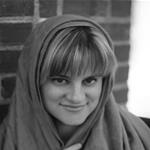 Emily Jane O’Dell teaches at Sultan Qaboos University in the Sultanate of Oman.
Emily Jane O’Dell teaches at Sultan Qaboos University in the Sultanate of Oman.
Go to Original – aljazeera.com
DISCLAIMER: The statements, views and opinions expressed in pieces republished here are solely those of the authors and do not necessarily represent those of TMS. In accordance with title 17 U.S.C. section 107, this material is distributed without profit to those who have expressed a prior interest in receiving the included information for research and educational purposes. TMS has no affiliation whatsoever with the originator of this article nor is TMS endorsed or sponsored by the originator. “GO TO ORIGINAL” links are provided as a convenience to our readers and allow for verification of authenticity. However, as originating pages are often updated by their originating host sites, the versions posted may not match the versions our readers view when clicking the “GO TO ORIGINAL” links. This site contains copyrighted material the use of which has not always been specifically authorized by the copyright owner. We are making such material available in our efforts to advance understanding of environmental, political, human rights, economic, democracy, scientific, and social justice issues, etc. We believe this constitutes a ‘fair use’ of any such copyrighted material as provided for in section 107 of the US Copyright Law. In accordance with Title 17 U.S.C. Section 107, the material on this site is distributed without profit to those who have expressed a prior interest in receiving the included information for research and educational purposes. For more information go to: http://www.law.cornell.edu/uscode/17/107.shtml. If you wish to use copyrighted material from this site for purposes of your own that go beyond ‘fair use’, you must obtain permission from the copyright owner.
